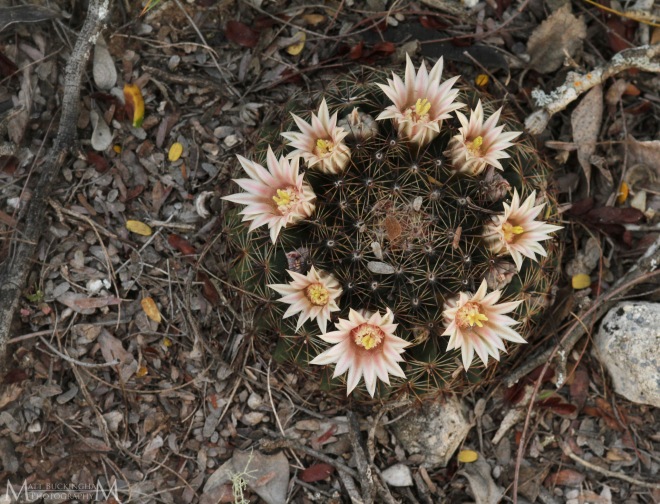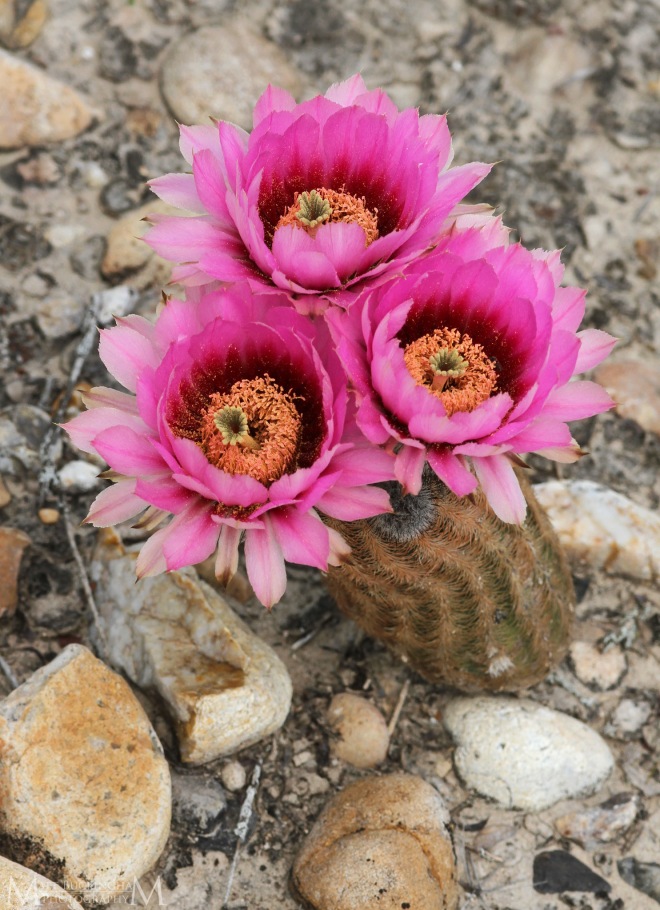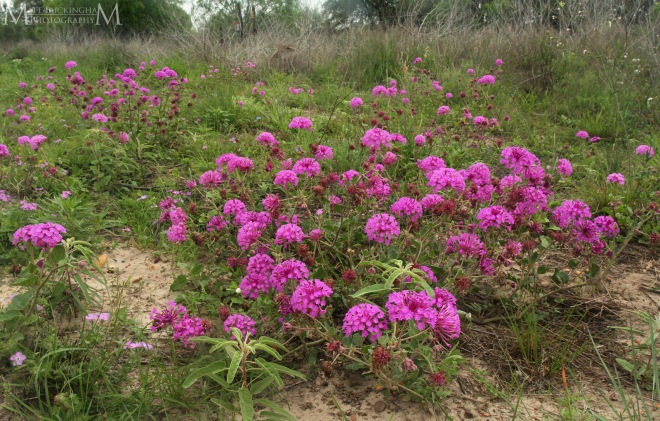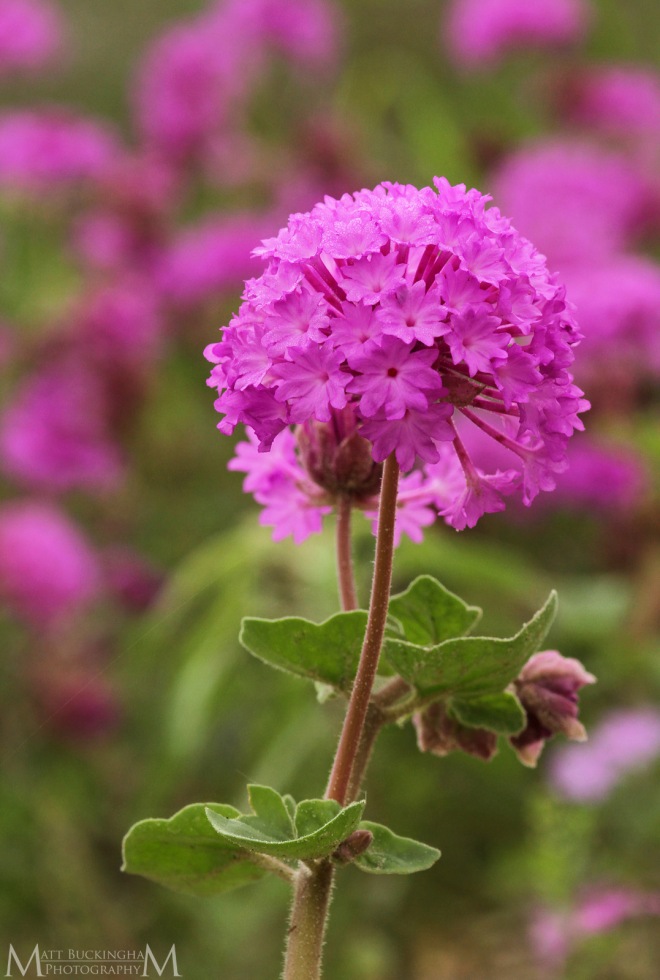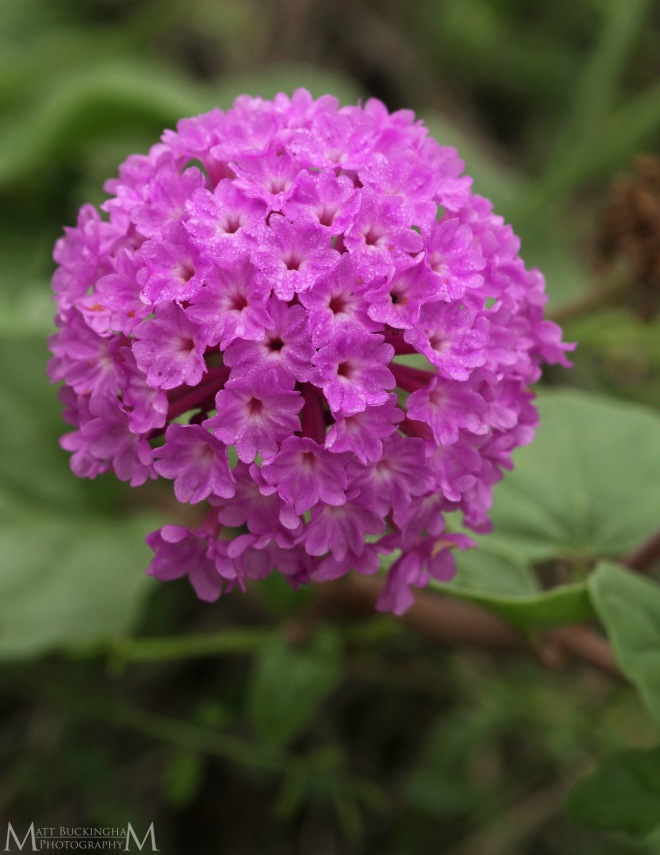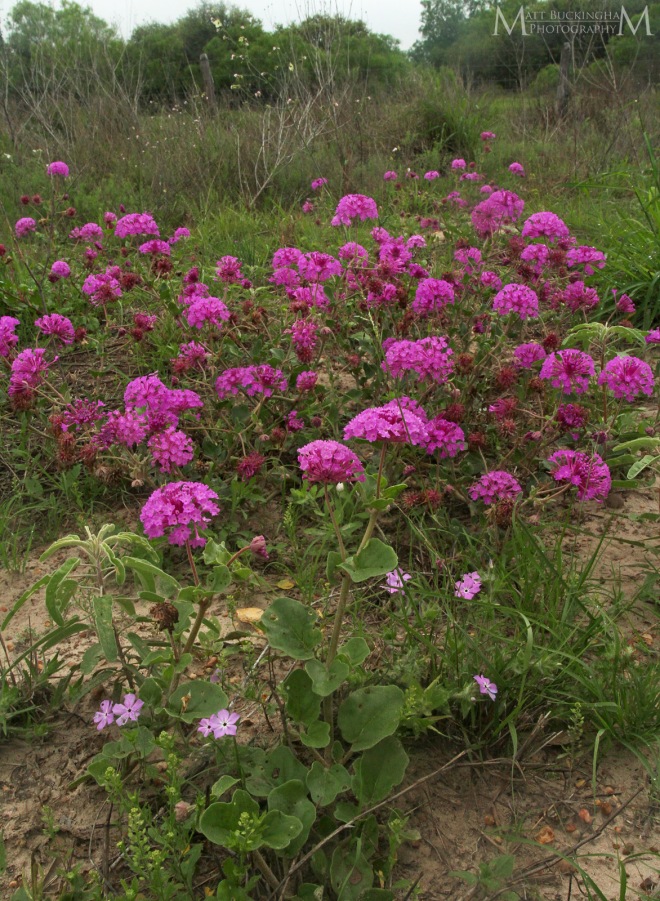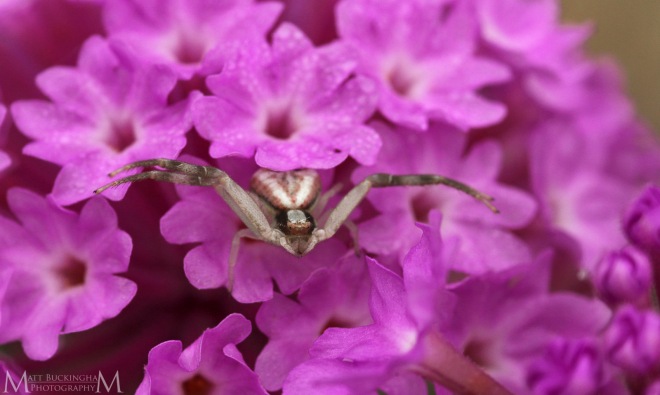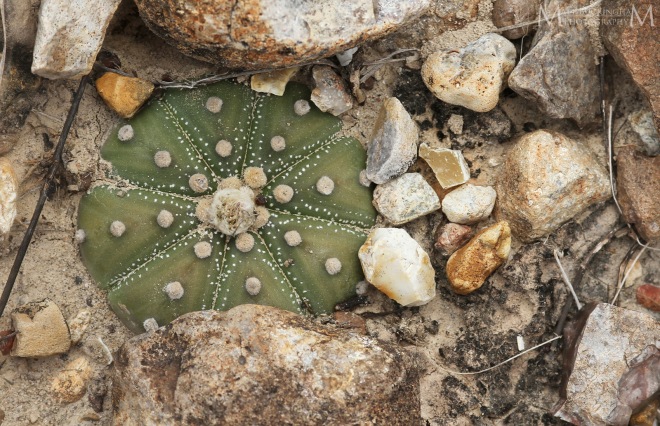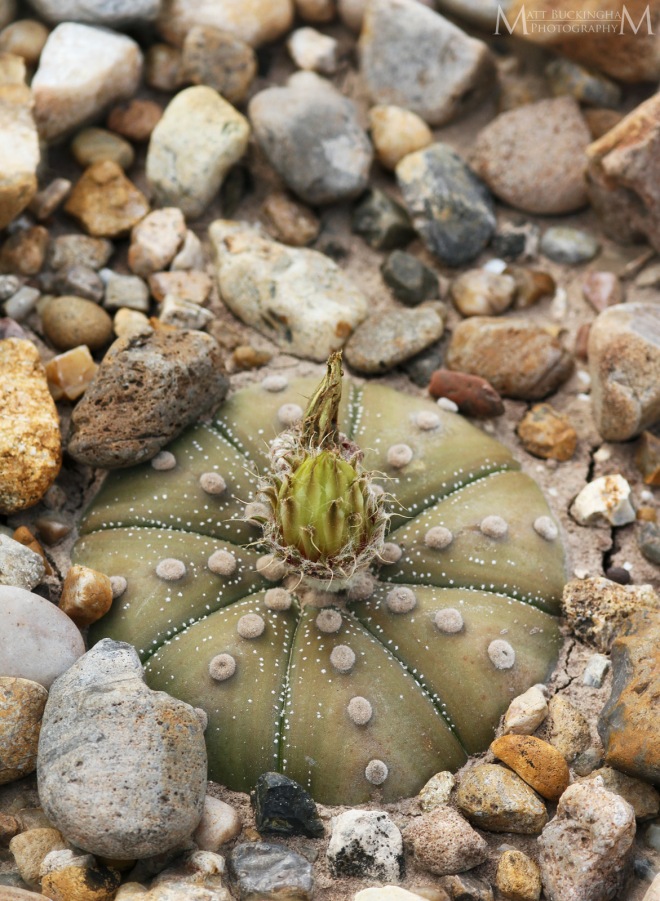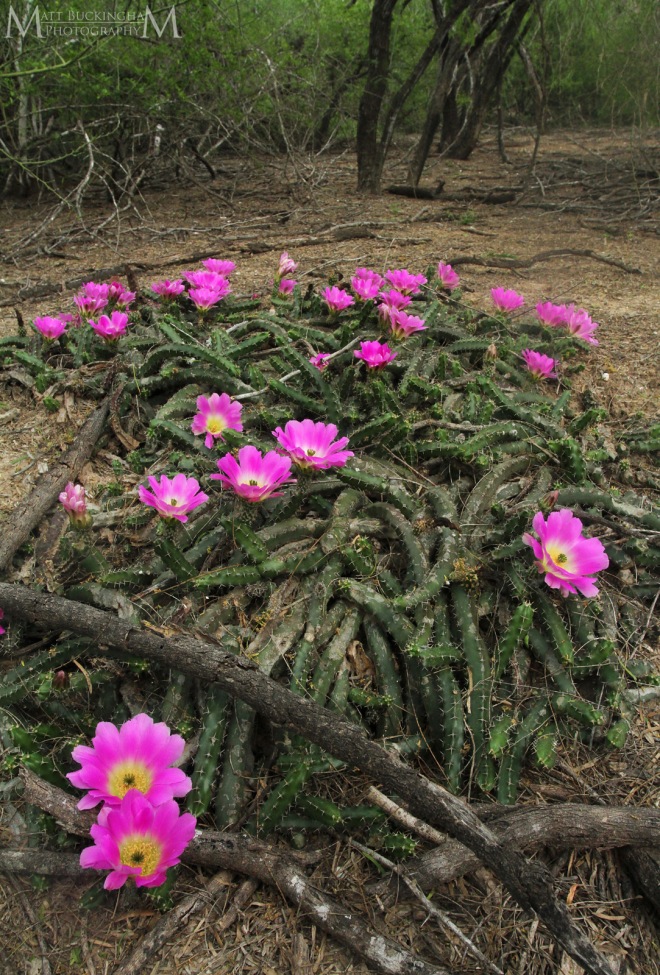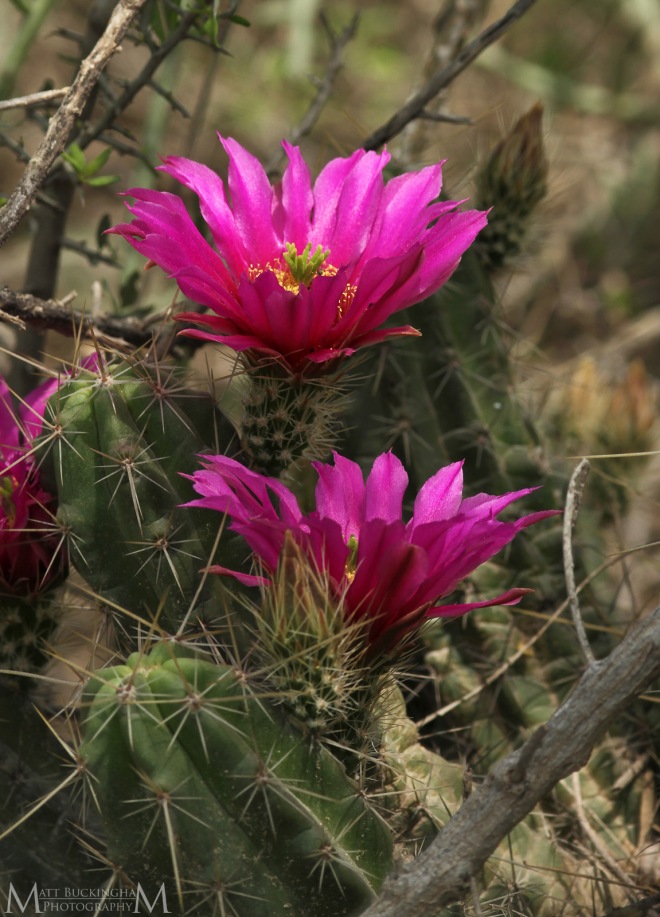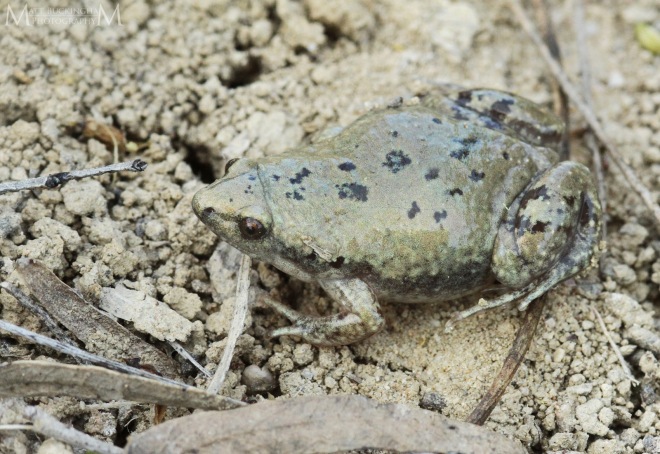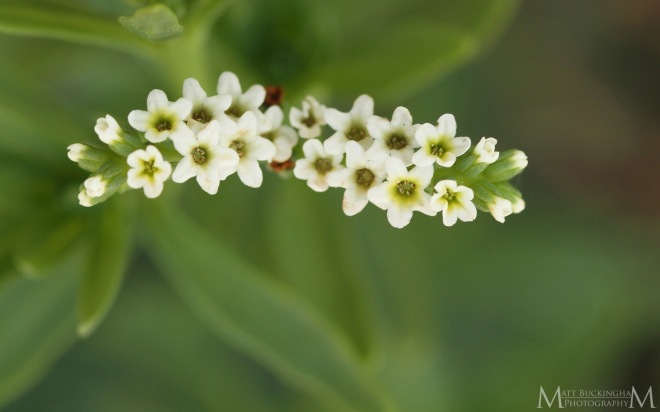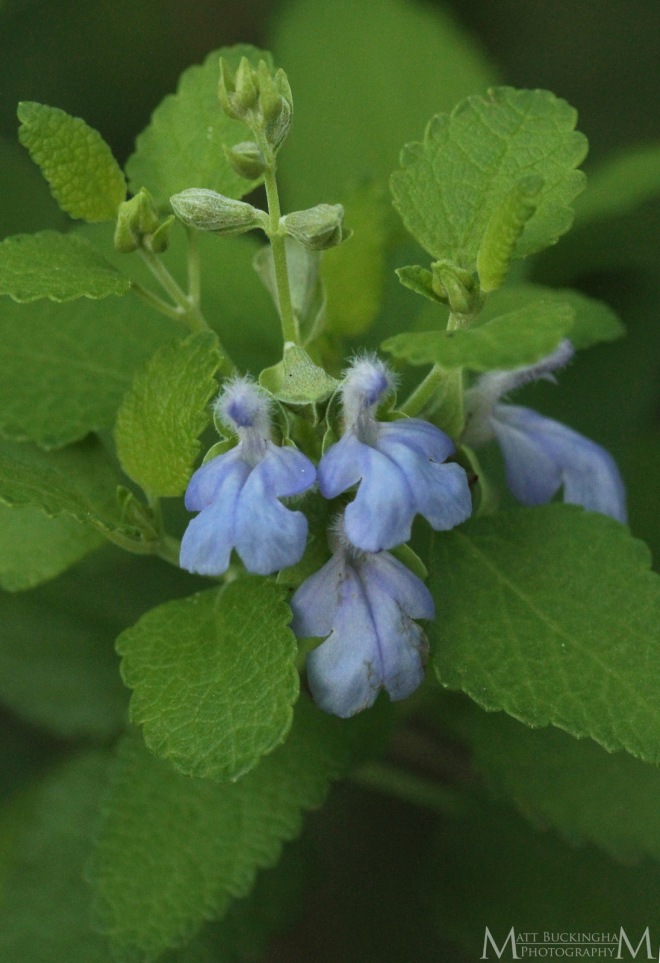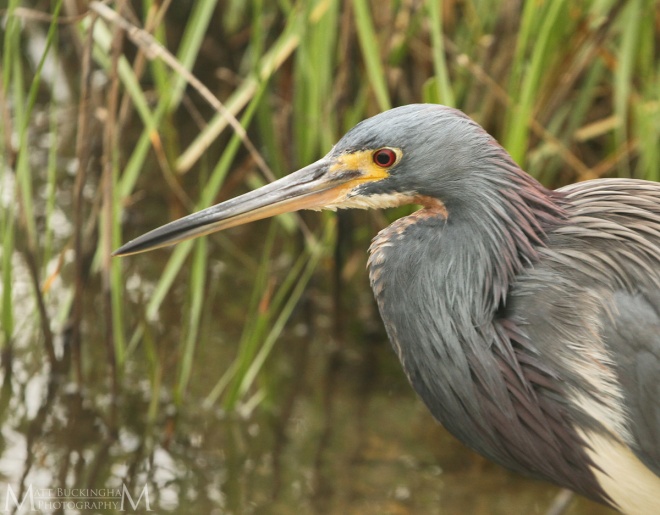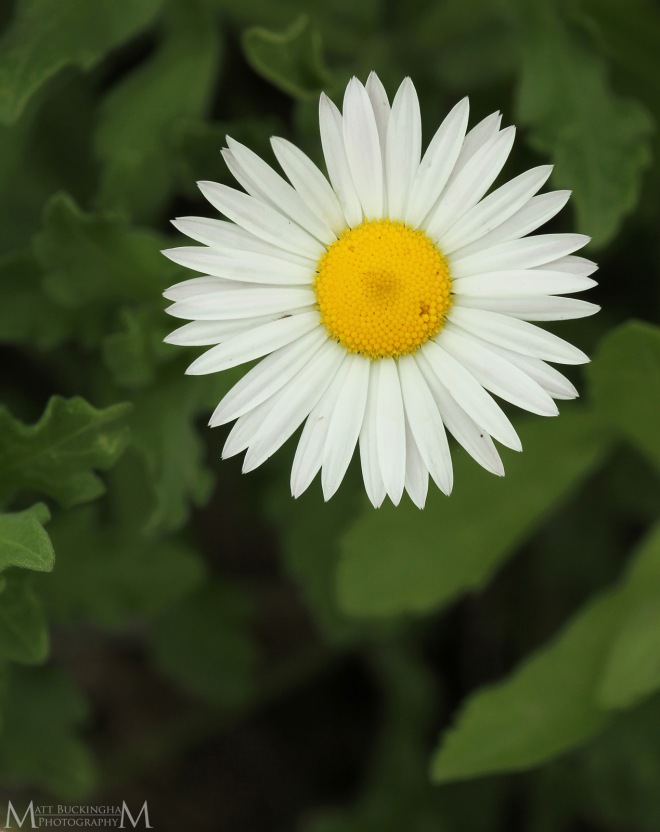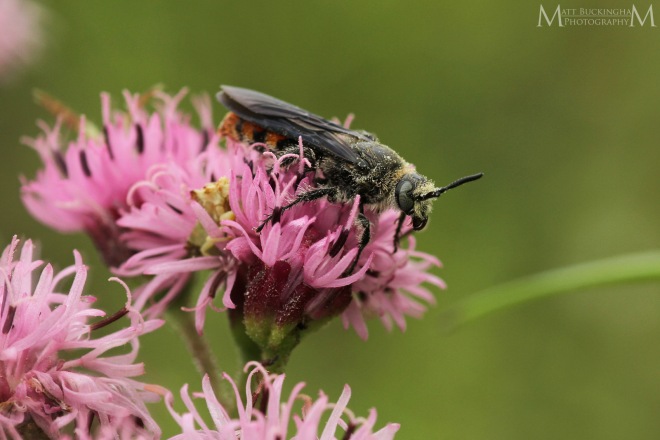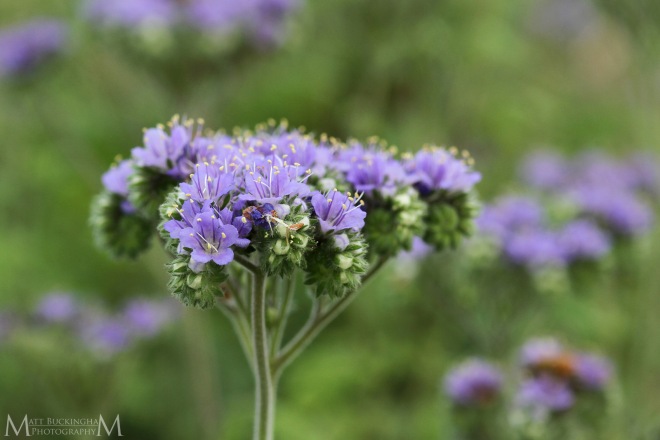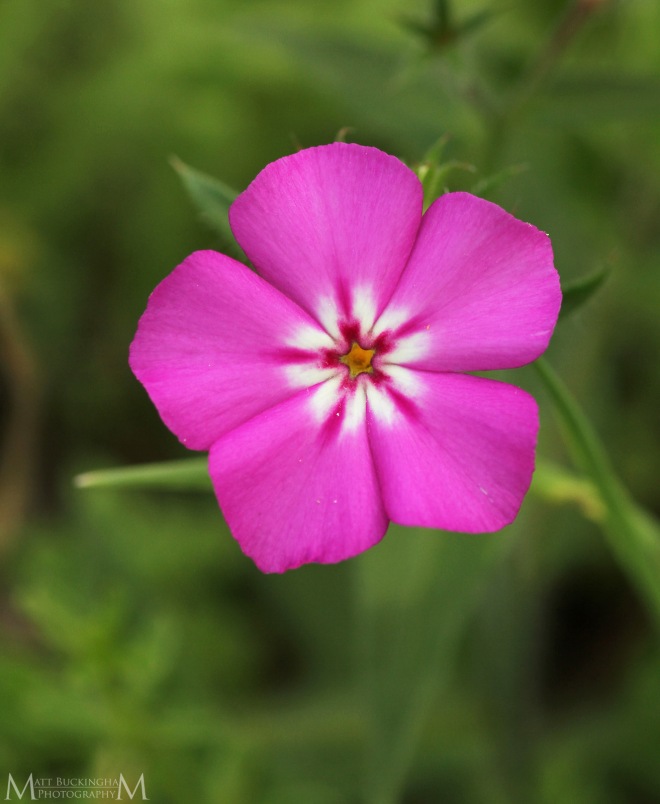
Altamira Oriole
At first they appeared as flashes of brilliance – blurs of orange, blue, and green darting through the drab brush country. It was when we sat still and silent that they revealed themselves to us. A spectacular cast of avian characters emerged from the dense vegetation. All around us Green Jays croaked and bobbed. Plain Chachalacas switched between the earth and low hanging branches. Only occasionally would an Altamira Oriole appear, descending from the tree tops for a brief moment, it’s bright orange plumage demanding our attention. The trill of a Golden-fronted Woodpecker broke our concentration, competing with the Great Kiskadee for the loudest call in the thornscrub.
***
The Rio Grande Valley of Texas attracts birders from around the world. A suite of characteristically Latin American species reach the northern limit of their range here. This subtropical paradise is a naturalist’s playground. Ecologically speaking, it shares more in common with Mexico than the rest of the Lonestar State. When Carolina and I began discussing our South Texas vacation with our close friends James and Erin, birds were certainly one of the main targets that we planned the trip around.
Followers of my blog may remember previous posts where I talked about borrowing James’s 600mm lens for bird photography. Fortunately another of my generous friends (and one of the finest photographers and naturalists that I know), Seth Patterson, offered to lend me his 500mm lens and teleconverters for the trip. Though he is an excellent bird photographer, recently Seth is more focused on contributing to the “Meet Your Neighbours” project. Armed with this new gear, James and I would be able to pursue our photographic targets at the same time, and wouldn’t have to worry about missing a shot.
This post contains some of the avian highlights of our trip, which spanned the diverse Lower Rio Grande Valley, from barrier islands and salt marshes, through ancient palm forests into the unforgiving Tamaulipan Thornscrub.
***
While there are many South Texas species on the top of birders’ wish lists, perhaps the most famous is the Green Jay (Cyanocorax yncas). They range from southern Texas through Mexico into northern South America. Intelligent, inquisitive birds, they are a common sight in the brush country.

Green Jay
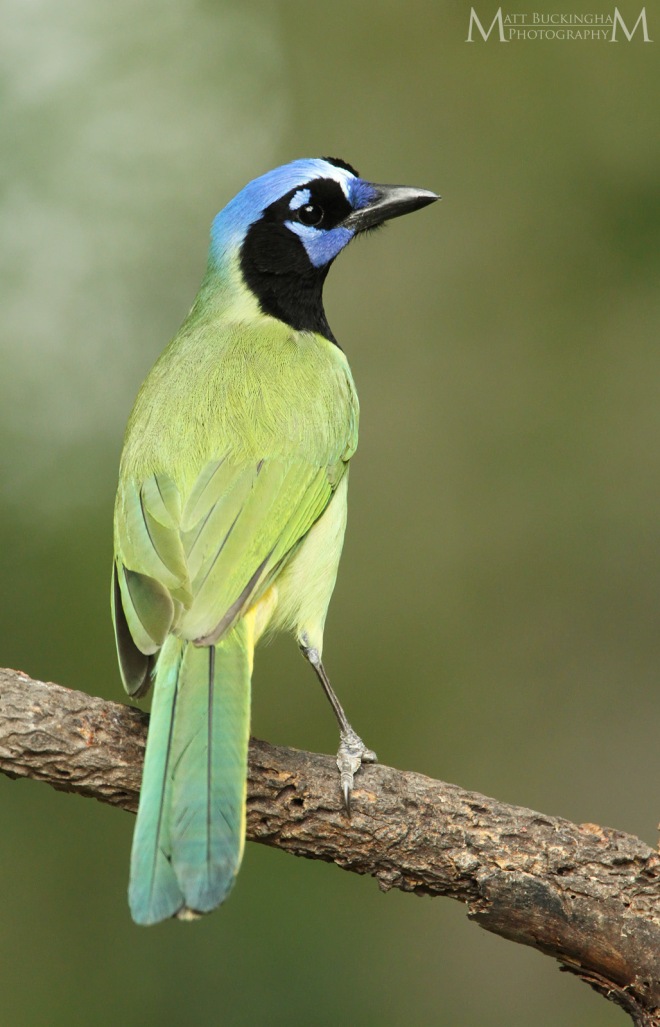
Green Jay
The Altamira Oriole (Icterus gularis) is the largest “true” oriole. It takes these striking birds two years to attain their adult plumage, with first year birds being generally duller and lacking the bold black back and wings. Altamira Orioles build pendant nests, which hang from tree branches.

Altamira Oriole Adult

First Year Altamira Oriole
Smaller and less commonly encountered than the Altamira Oriole is the Audubon’s Oriole (Icterus graduacauda). They too barely enter the United States in southern Texas. The Audubon’s Oriole is poorly understood, with few data on their natural history. What little data are available indicate that they may be on the decline, likely due to a combination of habitat loss and nest parasitism by increasing populations of Brown-headed Cowbirds.

Audubon’s Oriole
Another species that South Texas visitors get excited about is the Great Kiskadee (Pitangus sulphuratus) This boisterous flycatcher makes its home in resacas and riparian corridors. I’ve been fortunate enough to observe this bird in South Texas, Costa Rica, and northern Argentina. It certainly has one of the broadest ranges of any New World songbird. Interestingly, both the English and Spanish names for this bird are onomatopoeas. Kisk-a-DEE in English, and Bent-e-VEO in Spanish. In Argentina it was locally known as “bicho feo” (ugly critter), both because this phrase also sounds like its call, and because its obnoxious vocalizations were enough to drive local communities sharing the Kiskadee’s territory crazy.

Great Kiskadee
While enjoying an intimate view of the valley’s avifauna from the comfort of a bird blind, we witnessed an incredible moment. The blind was especially productive, with several Green Jays, White-tipped Doves, Plain Chachalacas, Red-winged Blackbirds, and Northern Cardinals. The occassional Altamira Oriole, Great Kiskadee, and Lincoln’s Sparrow would appear. In an instant all of the birds scattered. We could hear their wings cut through the still air as they vanished in a hurry. The Plain Chachalacas (Ortalis vetula) retreated to some higher branches and began chattering furiously, sharply focused on the brush below. It was at that moment that we noticed a series of small black blotches moving through the vegetation: the spotted pelage of a Bobcat as it slinked away, unsuccessful in its hunt.

Plain Chachalaca vocalizing at a Bobcat
The Plain Chachalaca is a large chicken-like bird that skulks in the understory and forest floor. They are social birds, generally found in small groups as they forage for fruits, seeds, and similar food sources. Like the kiskadee, they are named for their raucous call.

Plain Chachalaca
The White-tipped Dove (Leptotila verreauxi) also barely enters the United States in South Texas. Though they are most frequently observed foraging on the ground in the shade of the dense underbrush, they would occasionally perch on low-hanging limbs.

White-tipped Dove
Ranging deeper into the United States than the previously mentioned species, the Black-crested Titmouse (Baeolophus atricristatus) none-the-less, is one of the more range-restricted species that we observed during our trip. It occurs from central Mexico through central and western Texas to extreme southwestern Oklahoma.

Black-crested Titmouse
The Ladder-backed Woodpecker (Picoides scalaris) is much more widespread, occurring throughout much of Central America and the southwestern United States. Pictured below is a male, identifiable by its red crown.

Ladder-backed Woodpecker
Travelling west into western Hidalgo and Starr Counties, the landscape begins to transition from forested brushland to a mix of thornscrub and desert scrub. Here we were serenaded by Cactus Wrens (Campylorhynchus brunneicapillus) as we looked for the succulent plants that lend this large wren its name. Erin spotted one particularly cooperative individual that sat atop the developing buds of a prickly pear and sang for several minutes.

Cactus Wren
The ubiquitous Northern Cardinal (Cardinalis cardinalis) is ever-present in the valley. I remember on a previous trip, 10 years ago or more with my family, a couple from western Canada excitedly proclaimed that they had just seen one of the “red jays”. It was one of the birds they were most excited to see during their trip. It’s easy to take the common birds for granted, but the Northern Cardinal really is a beautiful species. The generally duller female has a subtle beauty that makes for a fine image.

Northern Cardinal
Resacas are shallow ponds and wetlands that dot the landscape of the Lower Rio Grande Valley, most of which have formed in old oxbow scars of the Rio Grande. The term “resaca” apparently originated from a corruption of rio seco, Spanish for “dry river”. It also means hangover (at least in Argentina). These Resacas are home to a variety of interesting bird species. Green and Ringed Kingfishers fish from their banks, and Least Grebes and Masked Ducks breed here. They are also an important habitat for wintering waterfowl. We observed several species of duck here, including Cinnamon Teal (Anas cyanoptera), Green-winged Teal (Anas carolinensis), and Northern Shovelers (Anas clypeata).

Cinnamon Teal

Green-winged Teal

Northern Shoveler
James and I spent one morning on our bellies in the tidal flats along the Gulf of Mexico. We took advantage of the calm, shallow water to photograph foraging shorebirds and wading birds. There were also large groups of Laughing Gulls, Royal Terns, and Black Skimmers Present. After a while I had sand all over everything. All over me, all over my camera. So many grains of sand became trapped in the buttons of my camera that the shutter button became stuck in a depressed position. As soon as I turned the camera on it would begin firing in rapid succession. I was unable to change any settings. Unfortunately as a result I missed some opportunities for shots of Marbled Godwits and a few other species. Fortunately I was able to capture a few images prior to this malfunction, like this Short-billed Dowitcher (Limnodromus griseus) on the hunt for invertebrates.

Short-billed Dowitcher
Perhaps my favorite of the long-legged wading birds, the Reddish Egret (Egretta rufescens) is an uncommon species that appears to be on the decline. They are closely tied to coastal habitats, and most population estimates put the number of birds at less than 10,000 pairs globally.

Reddish Egret
These handsome birds put on a truly spectacular show as they forage in the shallows. They are famous for their graceful, acrobatic hunting technique. They seemingly dance upon the shallow water, running, turning, and waving their wings in a way that seems at the same time chaotic and choreographed. This technique startles small fish in the shallows, and the egrets will then cup their wings over their head to shade out the sun so that they may more easily spot their quarry.

Reddish Egret oh the hunt
Fortunately, with the help of a needle and some compressed air, I was able to get the sand out of my shutter button, and captured many memorable photographs during our short time in the valley. While we observed many spectacular landscapes and organisms on our trip, our time spent with the birds was truly special, and I’ll always cherish the memories of chasing after them, camera in hand.














